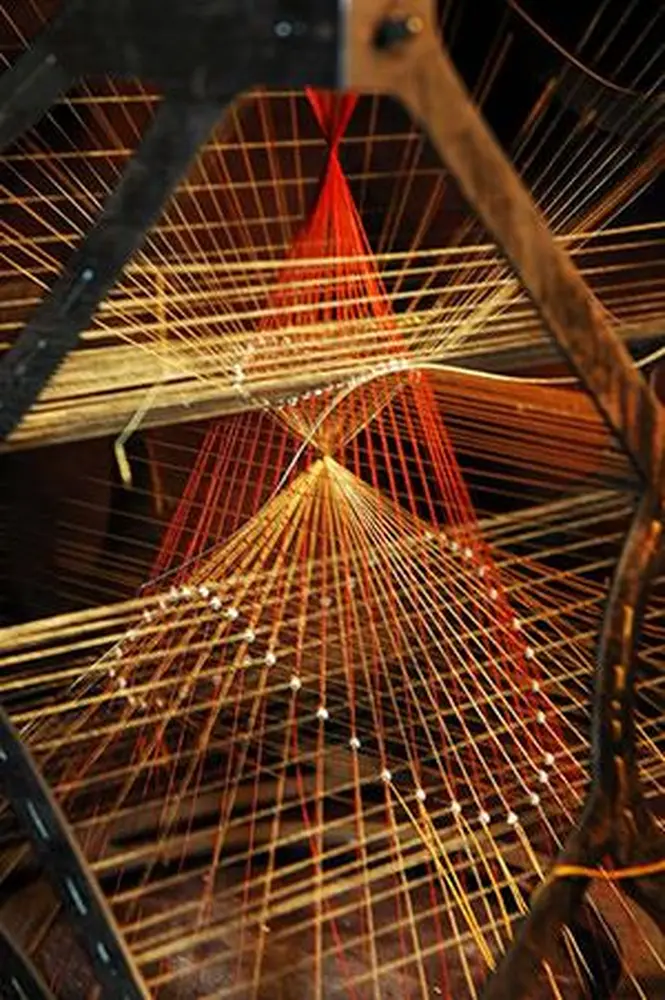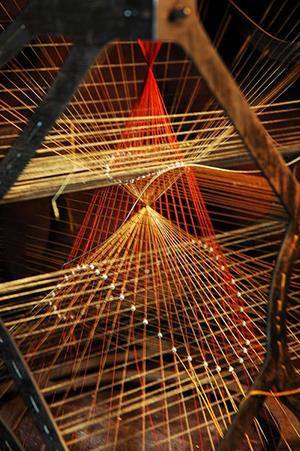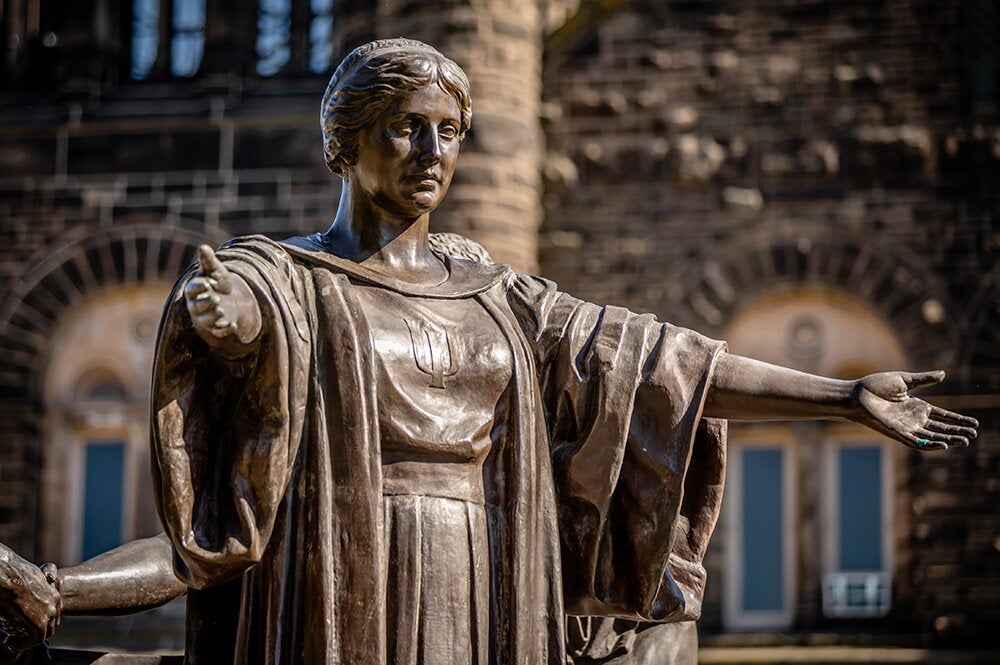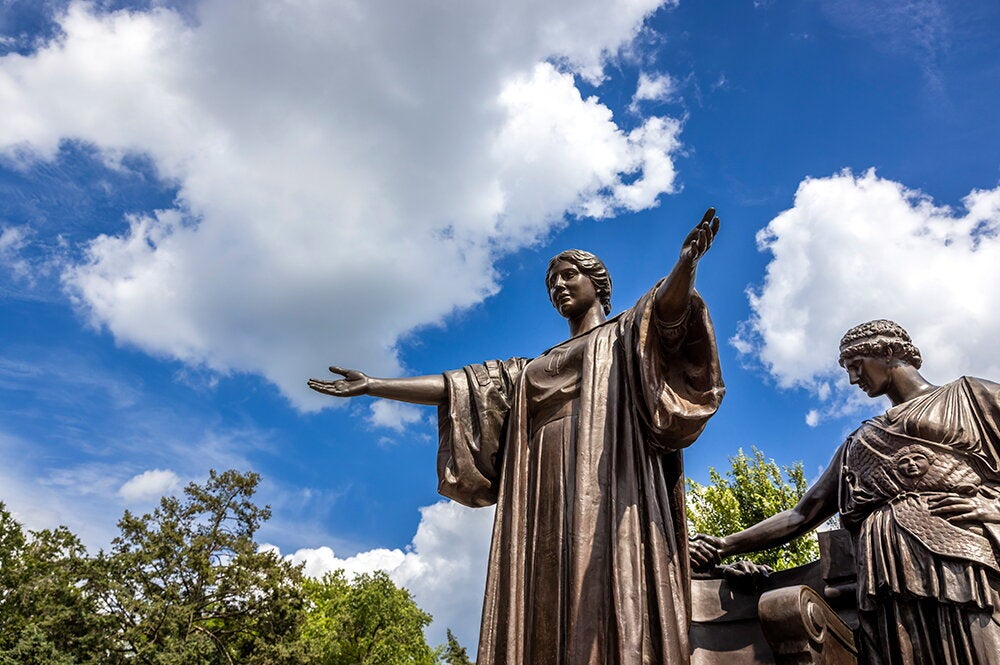

The principles of mathematics have not changed. The tools used to teach them during the past century, however, have changed drastically, and it so happens that the University of Illinois has the second largest historical collection of math models in the world. They’re now on display for anyone curious about the evolution of this discipline.
Some 355 math models dating back to the early 20th century are being displayed on each level of Altgeld Hall and online. Constructed primarily in Germany, the oddly shaped models indicate how Illinois students learned mathematics long before the advent of calculators and computers.
The earliest set of models was purchased by Edgar Townsend, professor of mathematics, around 1900. Made of wood and string, paper, plastic, metal, glass, and plaster, the models are being displayed along with their correlating geometric formula. Wendy Harris, director of budget and resource planning for the Department of Mathematics, has worked with a team of undergraduate students to determine the model manufacturers along with the formulas they represent.
Harris says that they are rare, three-dimensional pieces of history that give a glimpse into how we learned mathematics before computer technology evolved.
“So far, we have completely identified 136 of the models, although nearly the whole collection is on display,” Harris says. “They are an important part of our department, and we have been working to keep them preserved.”


